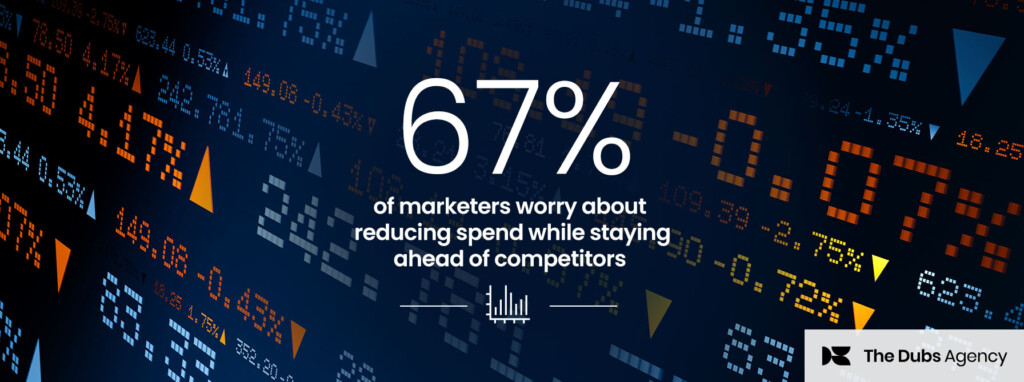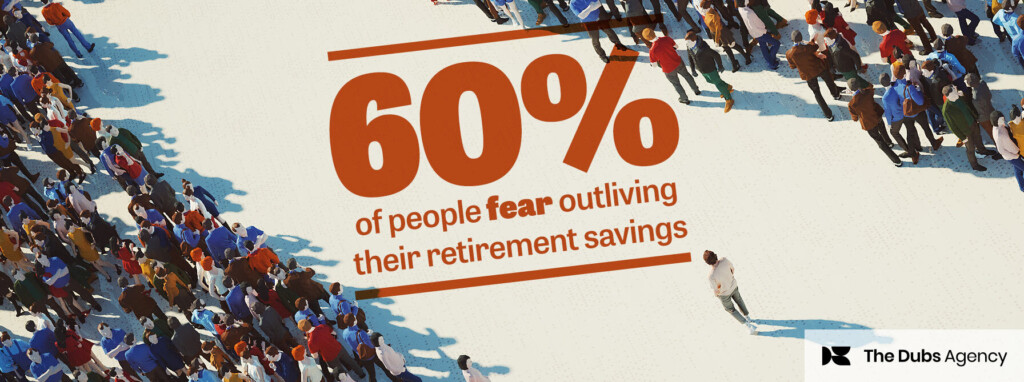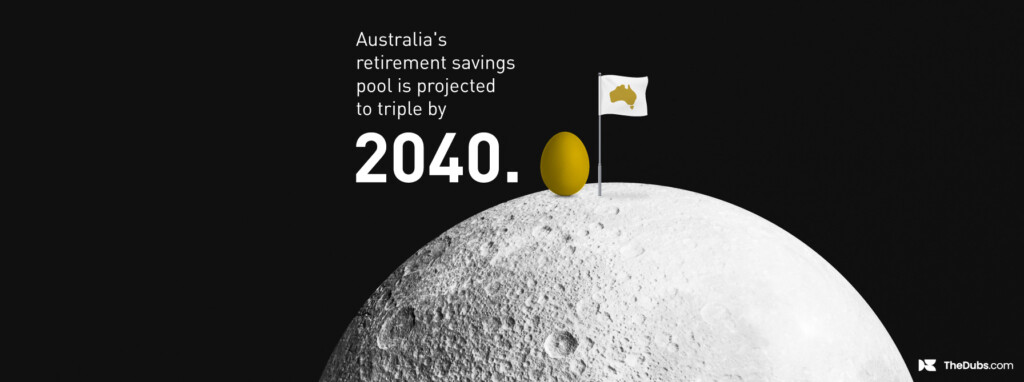There are 2.2 billion video game players in the world. And while you’re taking that in, contemplate that together, these gamers are expected to generate $108.9 billion in game revenues in 2017.
Here in Australia 68 per cent of our population – more than 16 million people, play video games. It’s a statistic that wasn’t lost on St.George Bank when they became the first financial institution in Australia to sponsor ESL Australia, the local division of the world’s largest esports company.
The connection between esports and finance brands
Professional video gaming events, known as esports, are helping propel the growth of video gaming with the global audience for esports reaching 323 million in 2016. That audience is expected to exceed 589 million worldwide by 2020, with global revenues forecast to approach US$1.5 billion by 2020.
For St.George Bank, which has a long history of supporting community sports, it made sense to jump on board esports and become the inaugural presenting partner for ESL Australia and New Zealand’s 2016 national championships. ESL publishes the video games Counter-Strike, and Dota 2. (By current estimates Dota 2 has more than 13 million monthly unique players, Counter-Strike more than 10 million.)
“We know a large and growing number of our St.George customers embrace online games every month,” says Ross Miller, General Manager for St.George Retail Banking. “Even in my household, it’s not just the kids playing and watching online games! Gaming connects all generations and St. George is proud to support this emerging trend.
“Because we are more of a family-friendly bank we like to focus on what we know Australian families enjoy – whether that be footy, fashion or in this case – gaming,” Miller says.
Blasting the myth of the gamer
While esports fans/players do tend to be millennial and male, your average video gamer is far more diverse.
For starters, the average age of an Australian video gamer is 33 (and getting older), with 47% of our gamers being female. The fastest growing segment is the over 50s, of whom 49% play – most commonly “to keep their minds active”.
As Miller says, “It’s just a perception that it’s only young teenage blokes who are gaming – it is now something the entire family enjoy in their downtime.”
Meanwhile, a study commissioned by US gamer platform Twitch found that compared to their non-gaming counterparts, gamers were more social, closer to their families, more educated and more conventionally successful.
Subscribe now for content marketing insights and trends straight to your inbox.
What’s in it for a financial institution?
Gamers have jobs, they have credit cards – they are not ‘they’ anymore, they are ‘us’. And in Australia, they’re playing for an average of 88 minutes daily; it’s the kind of engagement that a marketer could only dream of.
This level of engagement is something that American Express banked on in 2013 when they rolled out a League of Legends themed debit card in the US, offering the in-game currency of ‘Riot points’ on registration, spend and top up. (Today League of Legends has more than 100 million active monthly players.) Amex also sponsored the League of Legends Championship Series (LCS).
For St.George Bank, it’s a matter of caring about what your customers care about. According to Miller “We are always looking for ways to meet the needs of Australian families and the community, so if esports and video gaming continue to be important to our customers, then it is important to us too.”
“It will be really exciting to see how this industry evolves, and we’re really excited to be a part of it,” Miller says.
Content marketing opportunities for finance brands
In 2017, ad spending on esports is forecast to reach $155 million in the US; sponsorship revenue in the US is expected to reach $266 million in 2017, $655 million by 2020. Audi, Coca-Cola, PepsiCo, Red Bull, Pizza Hut, Gillette and Bud Light have all put money into esports.
Financial brands in Australia, with a few brave exceptions, are largely ignoring esports and video gaming.
The image of video gamers as screen-addicted, anti-social slobs lives on in some minds – yet in reality gamers are affluent and engaged.
Video games may be seen as gratuitously violent and risky for sponsors or partners; yet esports, as an example, tend to focus on fantasy games which often aren’t shoot-em-up and don’t have the same reputational issues.
Getting an understanding of the different games, and their audiences, is a good starting point.
Time for brands to get creative with content
Why couldn’t an insurance brand team with World of Warcraft publisher Blizzard Entertainment to offer “protection” to players, giving customers codes that keep their armour or tools intact after an attack? (The latest World of Warcraft chapter ‘Legion’ sold 3.3 million copies on its first day; monthly active users grew by 10 per cent in 2016 and are now rumoured to number as high as 10 million.)
Beware though: a brand that is forward-thinking enough to enter the world of gaming needs to get their gamer hat on, and look for genuine connections between their message and the game. It’s all about authenticity, respecting the gamers, and being led by the gamers. And as Miller says, “…it comes down to just listening to what your customers want.”
If you can get that right, the creative opportunities are endless.
Related Article: It’s Time For Marketers To Play – Get Your Game On
Subscribe now for content marketing insights and trends straight to your inbox.









